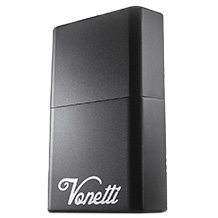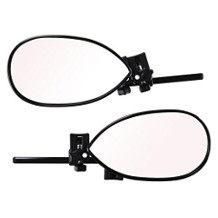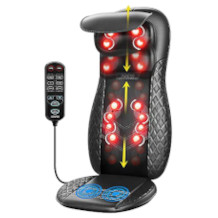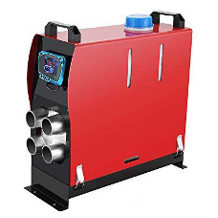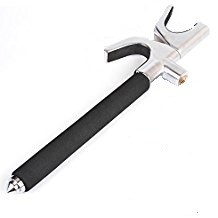Car booster seat purchasing advice: how to choose the right product
- What You Need to Know
- Children under the age of twelve or less than 1.50 metres tall must be strapped into a booster seat in the car.
- Booster seats are available with or without a backrest and headrest. These provide more comfort and safety, especially for younger children.
- Unlike infant seats, booster seats do not have their own harness system, but must be secured with that of the car.
- When buying a booster seat, pay attention to the manufacturer’s guidelines and the standard seals that make the seat approved for use in road traffic.
Compulsory child seats in Germany
For road traffic, there is a legal regulation that a child must be protected with a child seat – in addition to the seat belt – on the back seat. Only when the child is twelve years old or at least 1.50 metres tall does the child seat obligation no longer apply. However, in special cases, such as when the child is over twelve years old but still significantly less than 1.50 metres tall, it is advisable to continue to use a child seat. A booster seat is recommended. It ensures that the belt runs correctly and provides optimum protection. In the case of smaller children, the belt could slip out of place without a special seat device and crush internal organs in the event of an accident.
What makes a booster seat?
In general, there are three types of booster seats: with or without a belt guide and with a belt guide and backrest. The latter not only provides comfort with its shape, but also an important protection zone with its padded side wings. In the event of a lateral impact, the head and body are cushioned and the forces acting in these regions are demonstrably reduced by more than half. In addition, the backrest serves as a guide for the shoulder belt so that it does not cut into the neck. The backrest makes it easier for the child to find a central position and the vehicle’s three-point belt keeps him or her securely upright. Even if he falls asleep, he does not slip too much to the side.
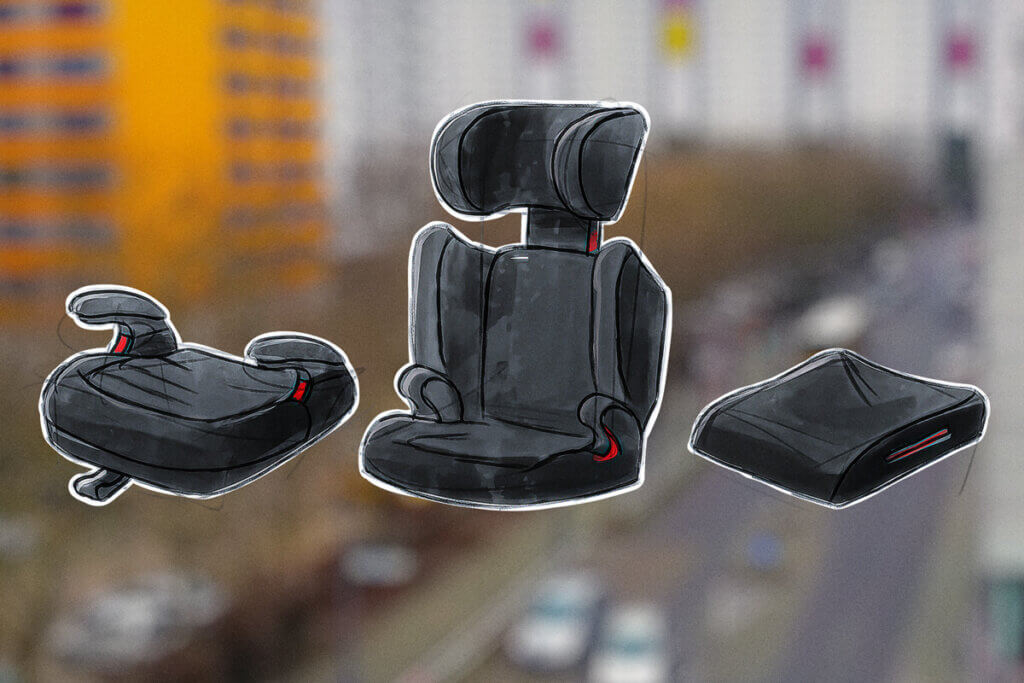
The horn-shaped armrests are not simply intended to provide support for the children, but have a much more important use. They serve as a barrier for the lap belt; this must run below the horns so that it sits correctly and cannot slide up in the event of an accident. You should purchase a seat with a backrest if you frequently or regularly travel longer distances with the child. It ensures the highest level of safety and the best seating comfort.
Without backrest for older children
Simple booster seats without head and back support, on the other hand, are not suitable for all children. Your child should weigh at least 22 kilograms and be 1.25 metres tall if he or she is to sit in this seat. The backrest and side protective pads are omitted, and the important armrests or belt guides also control the lap belt here. The compact format makes it easier to change the seat between several vehicles without any problems. It is also conceivable to use it in other places, for example at the cinema. As a compromise, when the child is actually old enough that he or she no longer wants to sit in a child seat, this option is a possible solution.
Special seats for infants
Infants up to a body weight of 15 kilograms and a height of one metre may not yet be strapped into the car with the vehicle’s safety belt. They must be secured in a child seat with its own belt system. Up to a weight of 9 kilograms and an age of 15 months, the child must also be placed in the seat against the direction of travel. A baby car seat is used for this purpose, in which the child is also frequently carried outside the car. Hybrid forms between baby car seats and toddler seats, also called reboarder, can often be installed in both directions.
Booster seats are only suitable for children weighing at least 15 kilograms. Before that, they must sit in a proper child seat with its own harness system or, in infancy, in a baby car seat. Depending on the model, these are suitable for infants from and up to a certain height. Over time, children should sit in a baby car seat, a booster seat and a booster seat in the back of the car.
Correctly fastening the seat belt
With or without a seat, the most important component contributing to safety in the car is the seat belt. You must wear it carefully and correctly in combination with the booster seat. Baby car seats and reboarder seats still have their own harness system, which means that the child is strapped into the seat. The seat itself is fastened separately. Booster seats are secured with the vehicle’s belt system (three-point belt). Make sure that the harness is adjusted to the size of the child. Appropriate adjustments can be made on the belt.
The shoulder belt should run centrally over the shoulder. If it is too close to the neck, it can rub uncomfortably or even cut in. Children often tuck it under their arm, losing its protective function. The pelvic belt must run under the armrests and fit snugly against the hip bones. Your child should not wear too thick clothing, otherwise the straps will not be tight. In cold temperatures, it is better to use a fleece jacket or similar and cover the child with a blanket or jacket.
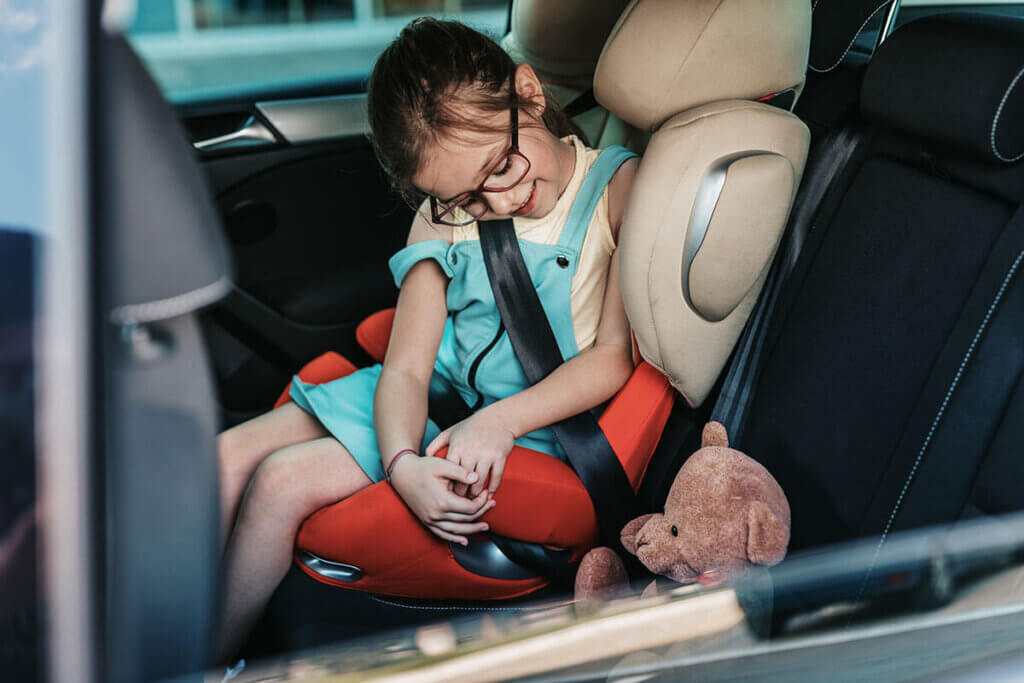
There are also booster seats without belt guides that are approved for road traffic. However, the ADAC traffic club advises against using these models. Due to the lack of protection, the belt could slip up too far in the event of an accident, which can lead to dangerous injuries. In the worst case, the child slips under the belt.
The Isofix system
To ensure that the child seat can be fastened even more securely on the back seat of the car, many models have the so-called Isofix connection. This is standardised and is often found on the outer rear seats between the backrest and the seat. Child seats and booster seats with Isofix are equipped with a corresponding counterpart with an engagement mechanism.
The right seat
Ideally, the child should sit on the booster seat with a slight backward tilt so that he or she cannot slide forward so easily during hard braking. The seat is usually made of foam, and the cover can be removed and washed separately. On some models, the padding can be extended with another foam cushion to increase the seat height a little and make it softer.
Even if a booster seat is suitable for your child according to the manufacturer’s specifications, it may vary in width. Measurements between 35 and 45 centimetres are common here. Choose a seat where your child does not have too much space, but is not cramped either. Three seats do not always fit next to each other on the back seat. Therefore, keep an eye on the respective dimensions if you want several children to ride in the car.
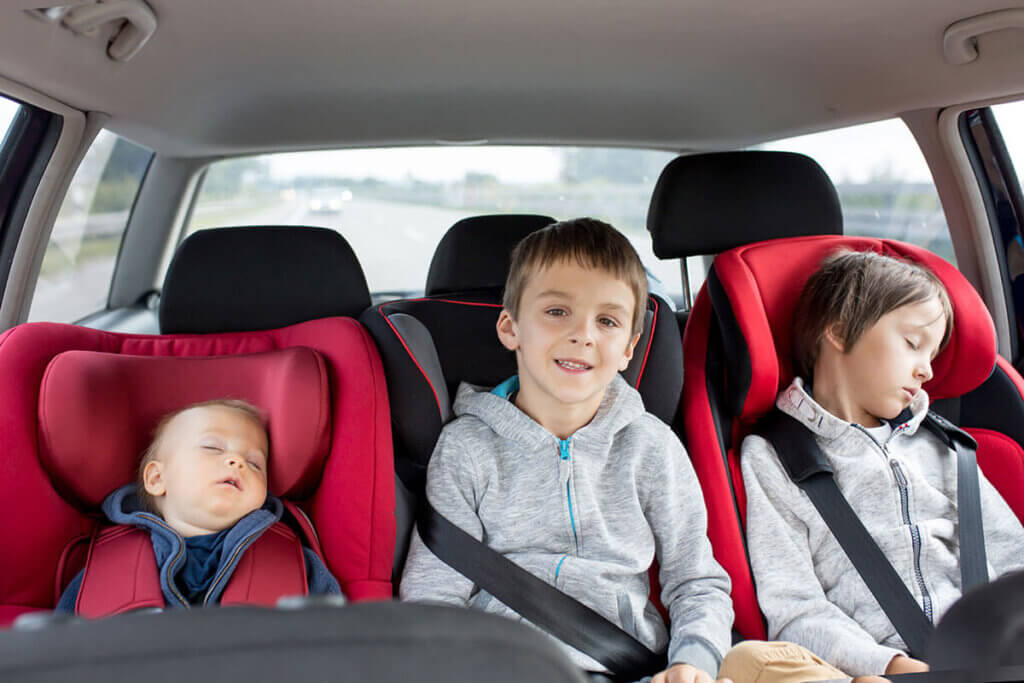
Differences in materials
Most models are made of hard plastic, which makes them strong and durable. Alternatively, there are versions made of polystyrene, which are lighter but less robust. They are more suitable as a replacement or fallback model when the child rides somewhere else on a one-off or irregular basis. After an accident, you should always replace a booster seat, even if it has not suffered any visible damage. Both the plastic and the polystyrene may have developed micro-cracks, so that safety is no longer guaranteed. For this reason, it is not advisable to buy child seats or booster seats second-hand.
Compatibility
When you buy a child seat or booster seat, make sure that you can return or exchange the product if necessary. Particularly with older cars, you could be faced with the problem that more modern seats cannot be installed optimally. A child seat must be able to be fitted as tightly and firmly as possible on the back seat of the vehicle. It must not jolt or slip. In addition, the straps must run in such a way that they do not cut anywhere. Make sure that these requirements are met before you take a ride with your offspring in the new seat. Incorrectly installed or unsuitable seats are a safety risk and can have fatal consequences.
Guideline values and standard seals
Manufacturers of child seats and booster seats indicate in the form of a group designation for which children the product is suitable. These groups are classified by weight – a classification that is more precise than age. It is not a rule set in stone that you have to follow, so the transitions between the groups also overlap. However, it is a reasonable guideline.
- Group 0 – up to 10 kg
- Group I – 9 – 18 kg
- Group II – 15 – 20 kg
- Group III – 22 – 36 kg
Booster seats and all other types of child seats (officially called “child restraint systems in motor vehicles”) should bear the seal “Norm UN ECE Reg. 44/03 or /04” or “UN ECE Reg. 129”. This means that they are approved both in Germany and in other parts of the European Union. However, please note that the regulations in other countries may differ.
Do not use everyday booster seats that are intended for the kitchen table or similar uses. These often have extra storage space or can be carried comfortably like a bag. They are certainly advantageous and comfortable in various everyday situations. However, they cannot guarantee a suitable safety standard for road traffic.
Seats that grow with the child
Some manufacturers offer so-called child seats that grow with the child, which are intended for children from birth up to the age of twelve. They are supposed to replace a baby car seat, child seat and booster seat in one product. Although the idea is obvious, such seats are not recommended according to the ADAC. After thorough testing, including a crash test, no child seat that grows with the child was rated “sufficient”. Criticisms besides the high stress on the body were also the high weight of the combination seats and the risk of installing the seat incorrectly after a conversion.

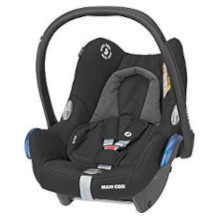
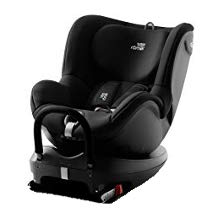
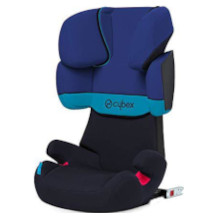
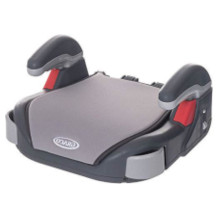
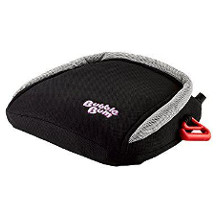
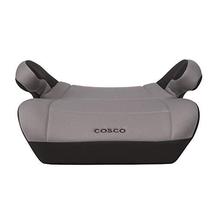
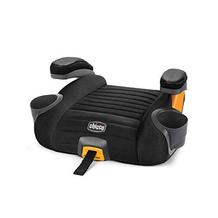
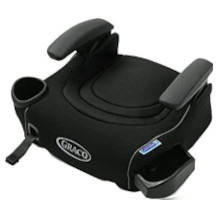
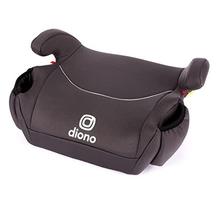
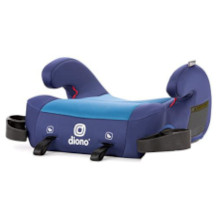

 2,388 reviews
2,388 reviews

